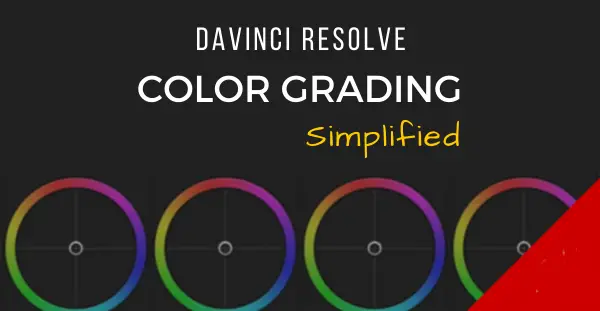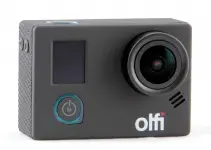Apple ProRes is one of the most respected codecs in the film industry, especially for creative professionals. For years, the codec has been an industry standard that provides filmmakers with the ability to compress their high-quality footage into a format that’s easily editable in demanding post-production workflows. Unfortunately, ProRes doesn’t compare to the flexibility of shooting and editing with raw video files, which provides greater control over the image, regardless of sacrificing workflow efficiency.
At NAB 2018, Apple shook up the filmmaking industry by introducing their latest codec: ProRes RAW – a format that combines the file management strengths of a typical ProRes file, while incorporating the post-production flexibility and quality of a traditional raw recording. So, let’s find out why it’s so exciting to content creators in the first place.
First and foremost, it’s worth noting that the availability of ProRes RAW is very limited, as of now. The codec is only available with selected devices such as the Atomos Shogun or Sumo. You’ll also need a camera that can output a raw video signal to the recorders in order to utilize the format. These cameras include but are not limited to the Canon C300, C500, C700, Sony FS5, FS7, FS700, Varicam LT, EVA1, and more.
The manner in which Apple is able to achieve the efficiency of ProRes RAW is by recording footage in a process that bypasses traditional camera processing methods. Rather than taking data that has undergone decoding and demosaic process, ProRes RAW takes the raw data (known as a Bayer Image) directly from the camera’s sensor. The bypassed debayering would then be performed on the computer after ingestion, rather than in the camera, to allow for a greater degree of image adjustments.
While this method of file composition and processing may require more powerful systems, the flexibility seen in the codec – normally associated with raw recording – will surely be enough to compensate for the increased processing times. Furthermore, ProRes RAW is able to store the footage in a single clip, rather than a traditional raw image sequence associated with other codecs. This helps reduce file sizes and improves file management for large editing workflows.
ProRes RAW is 12bit, supports 8K resolutions and will be available in two flavors – ProRes RAW and the higher quality ProRes RAW HQ. The difference between the variations, of course, is quality, although surprisingly both codecs’ data rates fall between ProRes 4444 and ProRes 422. The impressive margin goes to show the overall effectiveness of the codec when it comes to file management properties which many ProRes users have come to expect.
While the codec appears to be a dream come true for filmmakers, there is one big hurdle that Apple must overcome – availability. Currently, the codec is only available to select recorders and not available in any camera as of this date (except for the DJI Zenmuse X7).
In addition, ProRes RAW files can only be edited inside of Final Cut Pro X. Even though ProRes RAW has a tremendous potential to become an industry standard, Apple will have to coordinate with third-party companies – software and hardware – in order to allow more filmmakers to take advantage of their latest proprietary codec.
[source: ProAV TV]
Disclaimer: As an Amazon Associate partner and participant in B&H and Adorama Affiliate programmes, we earn a small comission from each purchase made through the affiliate links listed above at no additional cost to you.
Claim your copy of DAVINCI RESOLVE - SIMPLIFIED COURSE. Get Instant Access!





